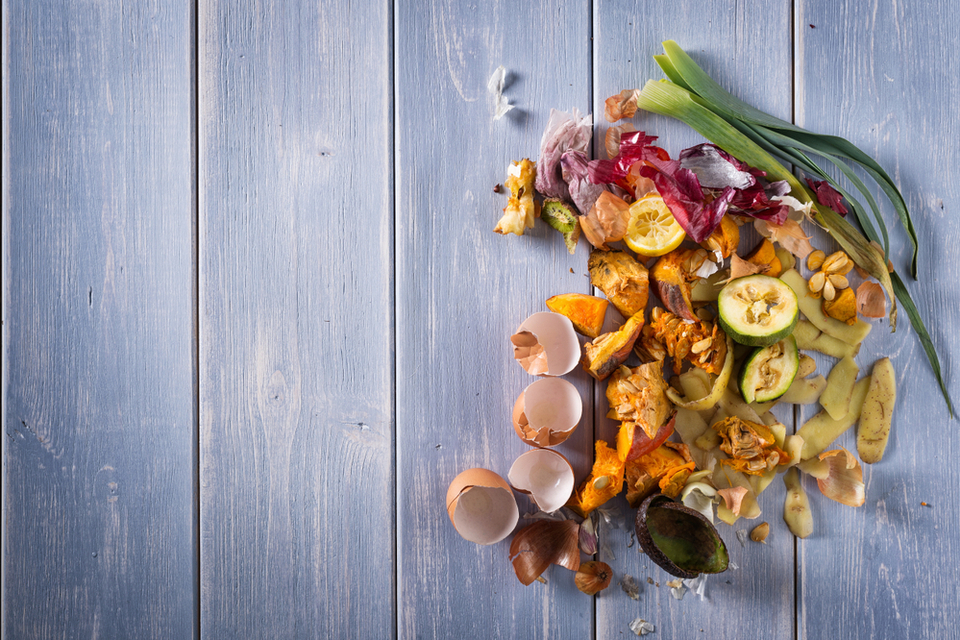A team of researchers is working on a more sustainable solution for damages to road infrastructure from ice control operations. And it involves using grape skin and other agricultural waste.
Every year, the U.S. spends $5 billion to repair damages to road infrastructure from ice control operations and the use of deicers like sodium chloride.
The country currently uses about 27 million tons of sodium chloride to maintain the roadways during winter. Sadly, the chlorides don’t degrade and may pose a risk to the environment.
The deicers contain chemicals that can damage metals, asphalt, as well as concrete. That’s why highway departments and cities use common additive like beet juice to reduce the corrosive impact of the deicers while enhancing performance.
Unfortunately, beet juice becomes less safe when it enters a waterbody. The additive can deplete the oxygen in aquatic environments, and put the organisms at risk.
As a result, the researchers at Washington State University started working on a greener alternative additive.
Creating a New Deicer from Grape Waste and Other Agricultural Waste
The researchers created a new deicer from grape skin via chemical degradation and natural fermentation. As you can imagine, the process produced no waste product.
So, how does it work?
According to the WSU team, grape extract-based solution melts ice faster than other deicers. Also, it causes little or no damage to concrete and asphalts – two essential materials in building roads and bridges.
Unlike the previous additives, the deicer from grape waste poses no risk to water bodies.
In a statement, one of the researchers and an associate professor in Civil and Environmental Engineering, Xianming Shi said:
“We delivered a more sustainable solution because we’re introducing fewer chlorides into the road operations and are achieving comparable or better performance.”
While the researchers started with grape skin, the process works with practically any agricultural waste. The researchers have applied a similar approach to waste sugar beet leaves, peony leaves, dandelion, and waste from apples.
“The beauty of this approach is that it allows us to diversify,” Shi said. “We can use this same platform technology in different regions of the country but choose a different agricultural product, depending on what source of waste is available.”



















Comments (0)
Most Recent